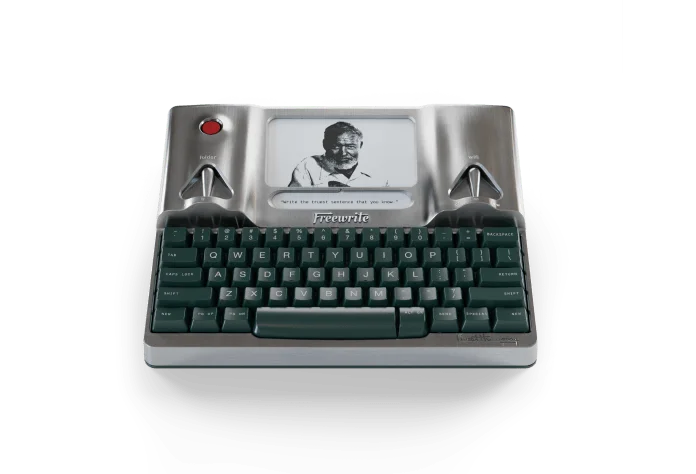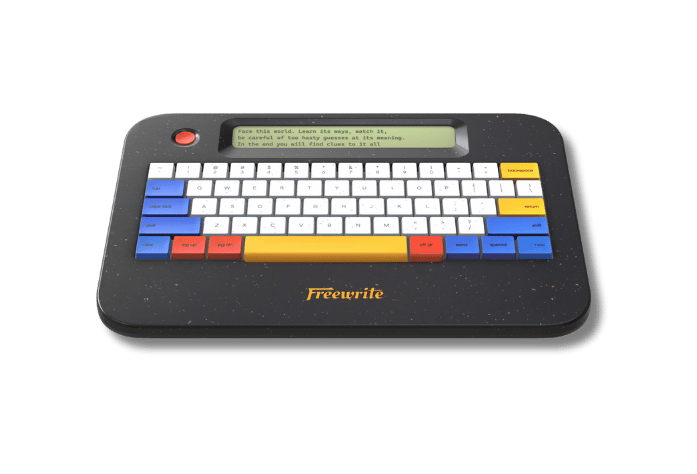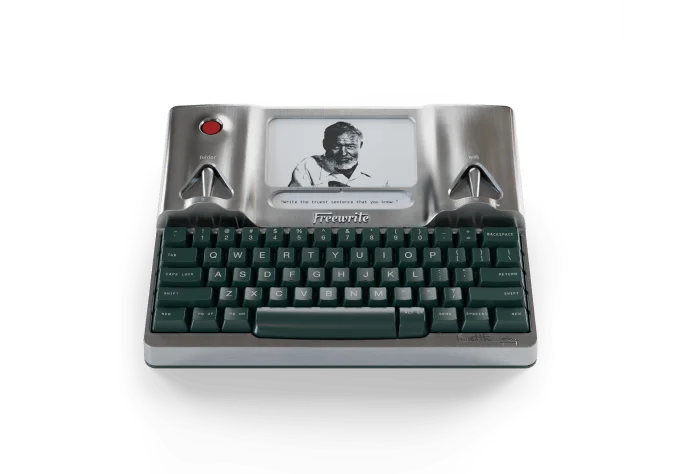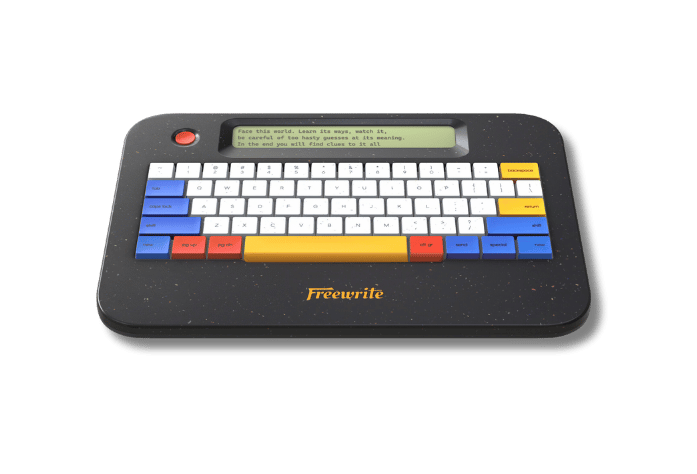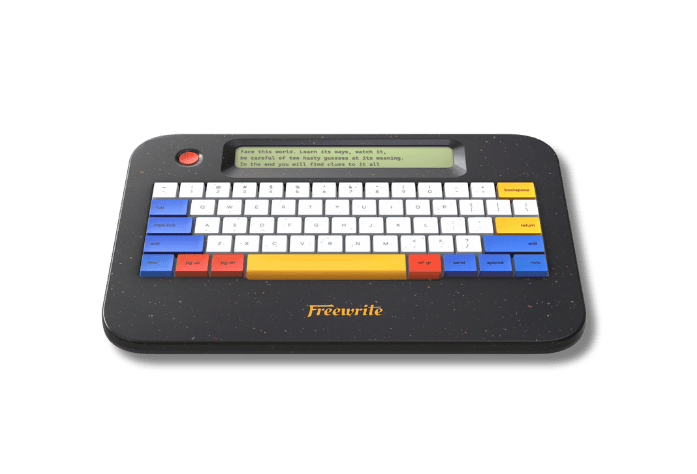Rare as it is for a writer to strike a chord with the cultural zeitgeist, Stephen King has done it many, many times — with telekinetic teens, killer-alien clowns, and cursed hotels in the far corners of civilization.
From characterization to plot, King's work is rife with lessons for fellow writers of any genre.

King’s characters live with us and eventually recycle themselves throughout pop culture — long enough to become a trope.
Think of how many of his tropes appear in popular TV show Stranger Things alone. There’s even research suggesting Pennywise (the clown from King’s It) escalated our unnatural fear of the red-nosed jesters in the 80s. A fear very much still alive today — well, I’m speaking for myself here.
While King has carved a name for himself on supernatural and psychological horror bookshelves, he also simply writes good stories. Enough so that his book On Writing: A Memoir of the Craft is considered an essential text for those breaking into the art.
While King has carved a name for himself on supernatural and psychological horror bookshelves, he also simply writes good stories.
I often flip through my copy, searching for my past highlighted quotes, which includes everything from notes on scene writing to abstract thinking about plot. King equates the process of writing to archeology — with every draft you discover the fossil underneath. As a writer, the longest I’ve ever lived with a work in progress was six years, and with each revision, I discovered a new element to shrink or enlarge for the subsequent draft.
But I’m not the only writer who has Stephen King to thank for literary inspiration.
Here are three writers heavily influenced by our prolific horror King, plus tips for applying these themes to your own work.
Writer #1: Karen Russell
While talking about writing, my fabulist queen often talks about sneaking around with King’s Cujo at the bottom of her backpack. This image feels like a story — a minor carrying around a novel about a killer dog, begging the question: what comes next? What came next was Karen Russell becoming a successful author in her own right.
In fact, Russell frequently features untraditional protagonists, a technique that, like King’s stories, help readers envision just how weird reality can get. Russell has told stories from the point of view of a minotaur pulling his family on the Oregon Trail, a Chinese silk worker who herself is turning into a silkworm, and even a scarecrow fumbling through the Dust Bowl.
In all of her work, the plot gets weird in a way that highlights her rich, multi-dimensional characters.
Tip #1: Try Writing the Unreal, the Fabulist, the Unexplainable
Try writing a short story revolving around one completely unexplainable or fantastical aspect. Then, flesh out everything else around it. This trait of putting fantastical traits and setting them in the everyday world, exemplified in Russell and King’s work, is called fabulism.
Fabulism invites a blurring of the real and unreal, which generates the plot — usually the tension of the real world reacting to the “weird” or “fabulous” elements presented in the story.
For instance, a famous alligator wrestler doesn’t die from diving into an alligator pool nightly, but instead from incurable cancer — which is the starting premise for Russell's debut novel Swamplandia!
Try writing a short story revolving around one completely unexplainable or fantastical aspect.
Writer #2: Benjamin Percy
Benjamin Percy is the author of four novels, two short story collections, Marvel and D.C. comics, the essay collection on fiction Thrill Me, and (no hyperbole here) 40+ short stories. It’s no coincidence that Percy says he owns nearly all of Stephen King’s body of work — and that it also owns him.
As an honorary member of the Loser’s Club, Percy looked to King’s work to learn how normal settings — with a sprinkle of the supernatural — can either help characters reach their dreams or boost their anxieties. Particularly with It, Percy remembers certain passages so fully, he might as well have lived them.
In fact, I can see most of Percy’s protagonists in the small rural town I grew up in, a setting that also harkens back to King’s work in making familiar compliment the unfamiliar.
Tip #2: Excavate Your Past for Memories
In Percy’s short story “Refresh,” published in The Paris Review, two kids go to their backyard to have a slobber-knocker fight. This gem of an opening was taken from an exercise Percy calls “mining your past” to pull from memories to plug into your own fiction. You can use the whole memory as a scene or even apply parts of it to your setting.
King certainly wrote what he knew as a high schooler teacher while working on the short story that would later become Carrie.
Both King and Percy prove there’s always a little bit of real life in fiction, and vice versa.
This gem of an opening was taken from an exercise Percy calls “mining your past” to pull from memories to plug into your own fiction.
Writer #3: Kelly Link
As a frequent harbinger of horror and unease in literary short fiction, Kelly Link reads and rereads King’s bodies of works to study particular effects and the repercussions on the reader.
She poses the question: What does a scary story have over its reader when that reader is grown up and no longer scared given their adult understanding of the world?
This serves as a guiding principle through her work that often blurs the lines between natural and supernatural, the familiar and unfamiliar, what we expect and what happens. As with King, the setting in which Link places her characters affects not only her characters’ mental states — but the readers’ too.
[Link] poses the question: What does a scary story have over its reader when that reader is grown up and no longer scared given their adult understanding of the world?
Tip #3: Anything Can Be Scary If You Make It
Link often imbues everyday objects with terror, psychoanalytic meaning, and unease.
One great example is the house in her widely anthologized short story “Stone Animals.” The story even starts with unease, as a character are destabilized within their setting and with each other. Exclusion is an active force in the story, and the lack of context generates unease within the reader while also characterizing the family’s discomfort within the new space.
This all harkens back to King’s work, which often asks the age-old question: Is the character becoming mentally unstable, or are there truly horrific specters afoot?
--
While you’re working through a draft, ask yourself: How can I apply Stephen King’s writing prowess to my own work?
You might be horrified by the results.
Write on.
[BACK TO “HOW TO WRITE LIKE STEPHEN KING”]
--
Resources
Machado, Carmen Maria, et al. “Horror Stories Are Love Stories.”Los Angeles Review of Books, 26 May 2015, lareviewofbooks.org/article/horror-stories-are-love-stories.
Gresko, Brian. “The Millions Interview: Karen Russell.” The Millions, 1 May 2013, themillions.com/2011/04/the-millions-interview-karen-russell.html.





